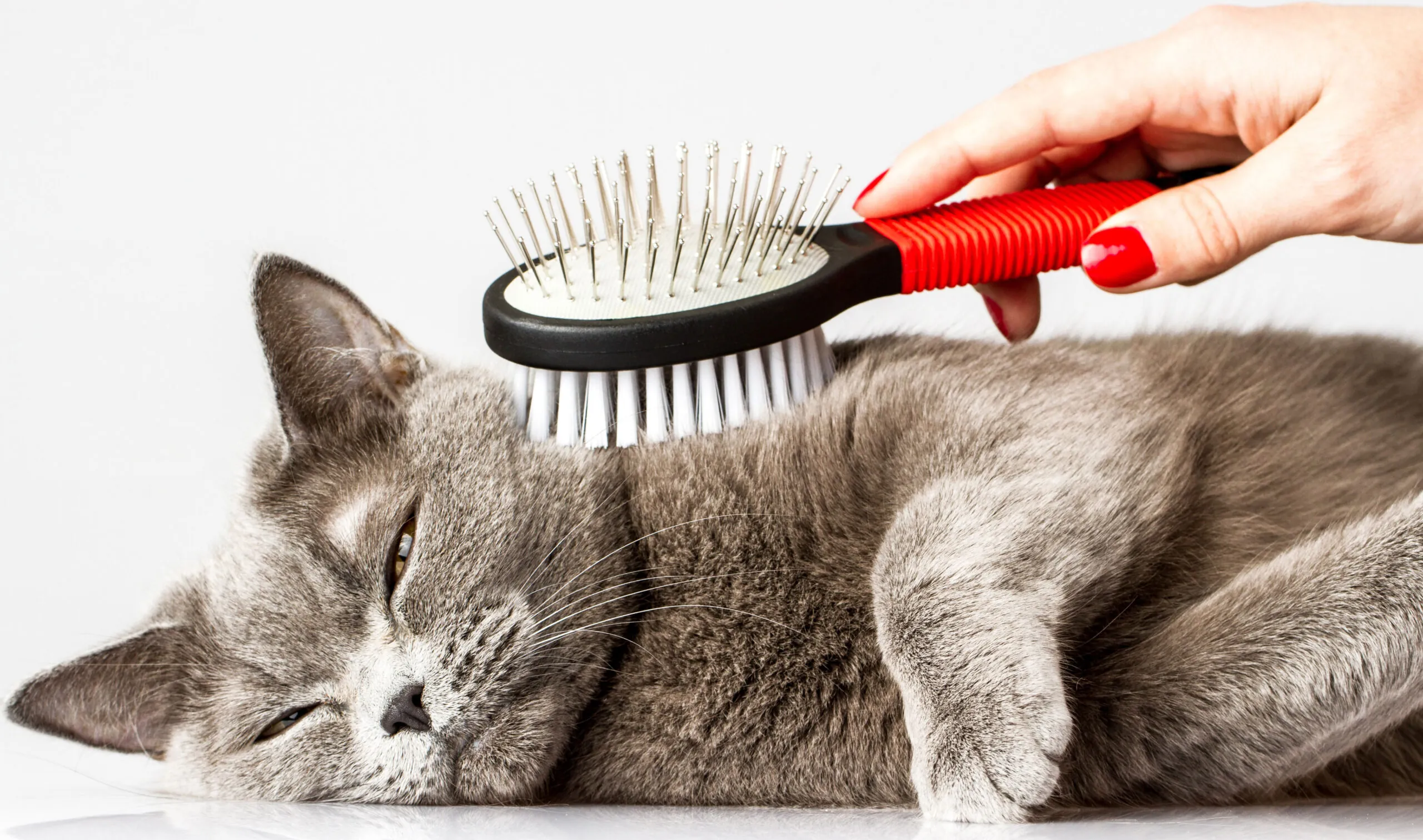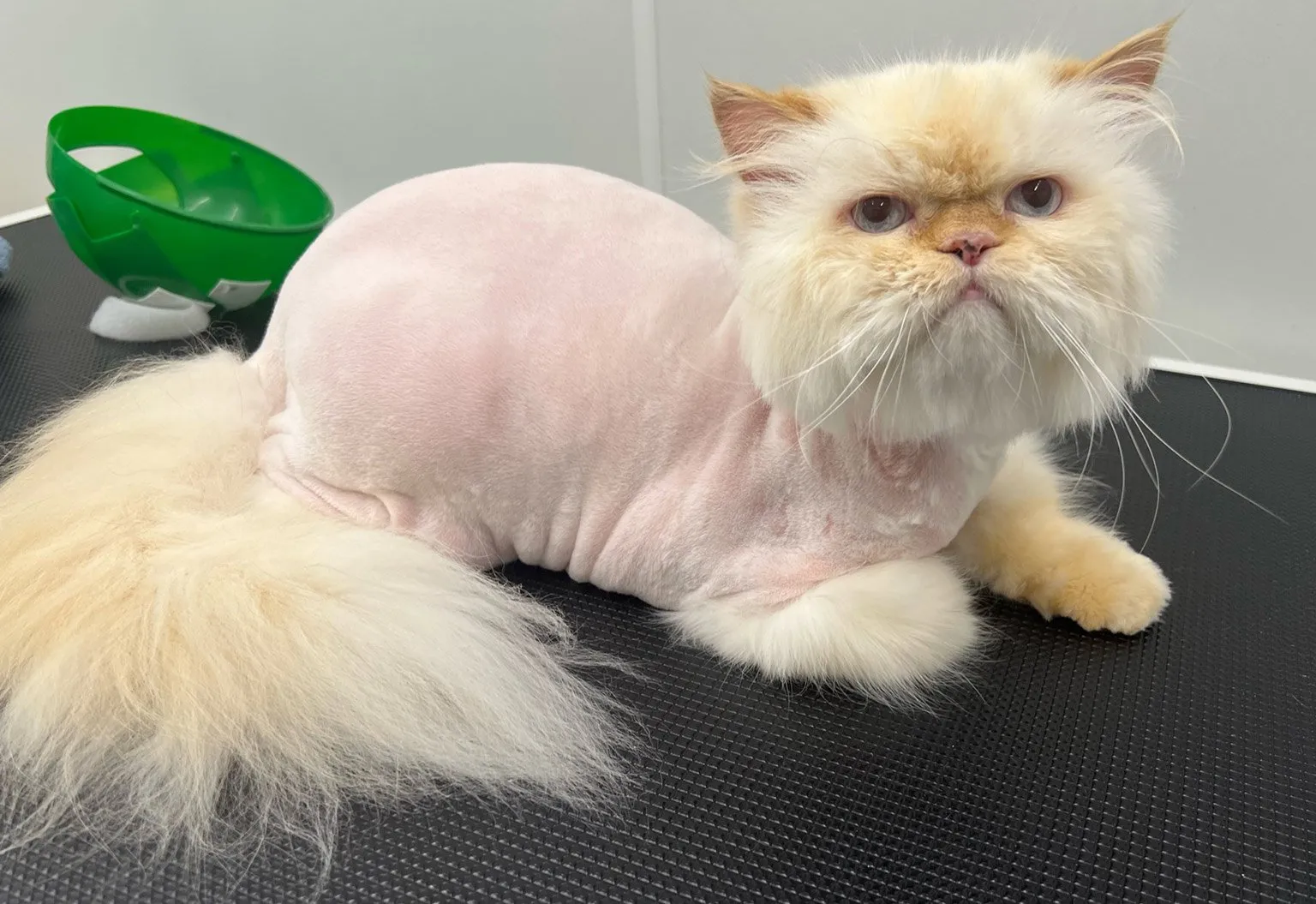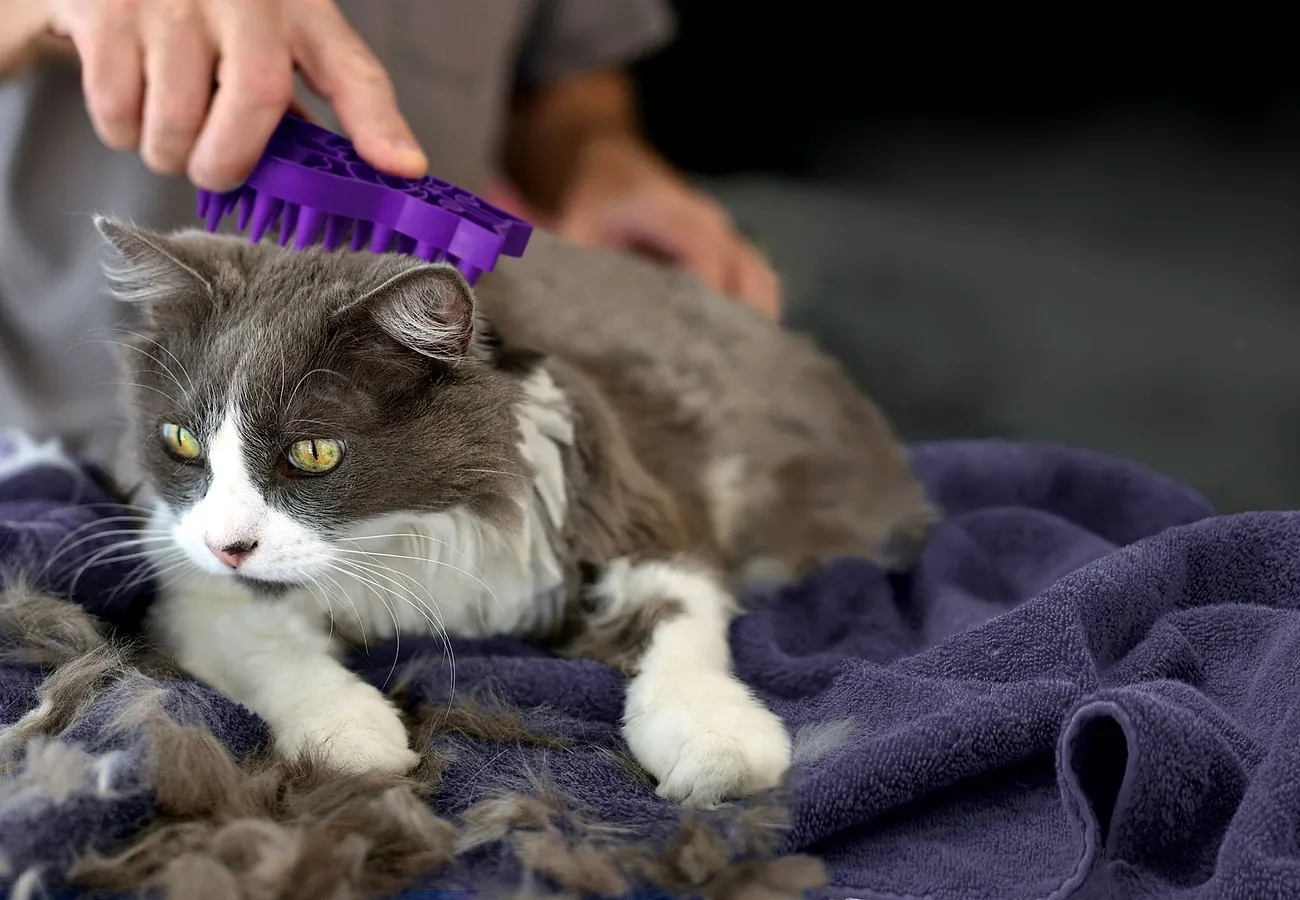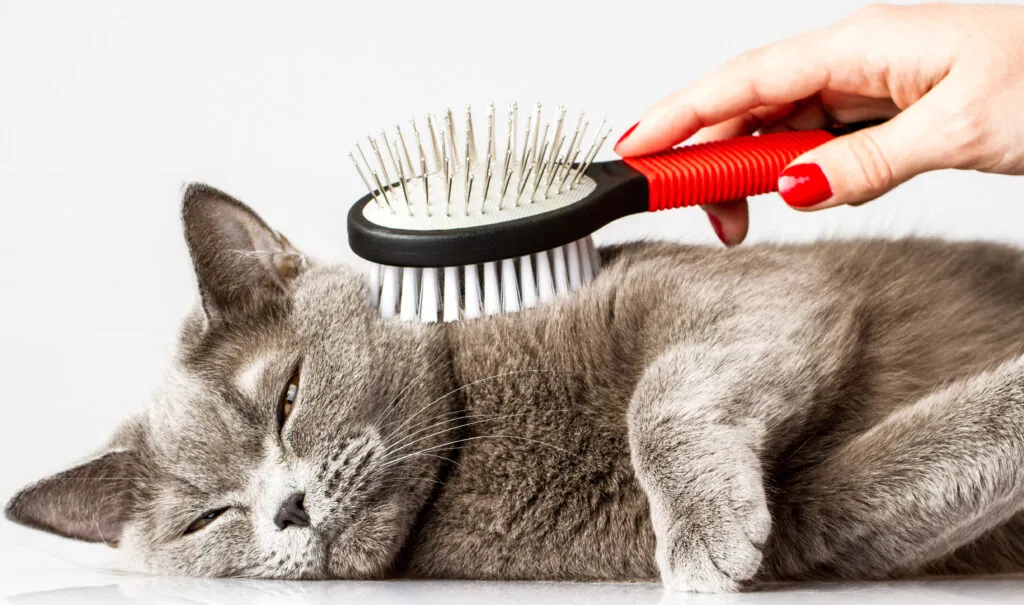No products in the cart.
Blog
How Often Should You Groom a Cat?
Hey there, fellow cat enthusiasts! 🐾 If you’re a proud cat parent, you know that our furry companions require a little TLC when it comes to grooming. But just how often should you bust out the grooming tools to keep your fluffball looking fabulous? Well, hang on to your catnip; we’re diving into the world of feline grooming!
>>Buy now: Adopt a Cat Cat Rescue Cat Adoption Hoodie

The Importance of Grooming
Before we get into the nitty-gritty of grooming schedules, let’s chat about why grooming is essential for kitty care. Regular grooming isn’t just about keeping your cat looking cute (though that is certainly a perk). It plays a significant role in your cat’s overall well-being. Here’s why you should consider regular grooming a cat-tastic necessity:
- Reduces Shedding: We all know that cats shed—some more than others. Regular grooming helps to remove loose fur, which means less fur on your couch, clothes, and, let’s be honest, just about everything in your home.
- Prevent Matting: Long-haired breeds, like Persians or Maine Coons, can develop frustrating mats and tangles if not groomed regularly. These mats can pull at the skin, creating discomfort. Yikes!
- Skin Health: Grooming provides an opportunity to check your cat’s skin for any abnormalities—like lumps, bumps, or pesky pests. You’re not just pampering them; you’re keeping a close eye on their health, too!
- Bonding Time: Grooming can be a great bonding experience between you and your cat. Let’s face it; your cat might surprise you with some purring or head bumping while you’re brushing them, which is always a win!
- Dust and Dirt Removal: Cats might be adept self-groomers, but some dust and dirt can still sneak in. Regular brushing helps keep their coat clean and fresh.
How Often Should You Groom?
So, now that we know why grooming is essential, let’s figure out the how often! The frequency largely depends on your cat’s breed, coat length, and individual grooming habits. Here’s a breakdown:
Short-Haired Cats
If you’ve got a sleek feline with short hair, you’re in luck! Short-haired breeds, like the American Shorthair or the British Shorthair, only need grooming once a week. A good brush with a rubber curry brush or a soft bristle brush should do the trick. This helps remove loose hair and distribute natural oils throughout their coat, keeping it shiny and healthy.
Bonus Tip: If your short-haired buddy is a hearty shedder (hello, seasonal shedding!), you might want to increase grooming sessions during those peak times—usually spring and fall.
Long-Haired Cats
Now, if you’re the ecstatic owner of a fluffy long-haired breed like the Persian or Ragdoll, you’ll want to roll up those sleeves. Long-haired cats typically require grooming every other day, especially if you want to avoid those pesky mats. A wide-toothed comb followed by a slicker brush can help eliminate tangles and keep their coat glänzend (that’s German for shiny, just a bit of fun trivia for you!).
Extra Tip: Bathing every couple of months can also help manage the frequency of hairballs and maintain their coat health, especially if your kitty is prone to getting dirty!

Specific Grooming Needs
Some cats might have unique grooming needs. For instance:
- Senior Cats: Older cats may have difficulty grooming themselves. Keep an eye on their grooming needs; they may require more frequent brushing.
- Cats with Health Issues: If your kitty has arthritis, obesity, or something else that impairs their ability to groom, you may want to step in more often.
- Outdoor Cats: Outdoor adventurers might pick up dirt, leaves, and other nature love in their fur. Adjust brushing frequency based on how often they romp in the great outdoors!
- Cats with Allergies: If your furry friend is dealing with allergies or is prone to skin issues, a bit of extra grooming can benefit their coat and skin condition.
Tools of the Trade
So, what do you need in your grooming arsenal? Well, let’s keep it simple with a few go-to items:
- Bristle Brush: Great for removing dead hair and stimulating the skin. Perfect for short-haired cats!
- Slicker Brush: The superhero brush for long-haired cats! It can work through mats and tangles effectively.
- Wide-Toothed Comb: Ideal for gently removing tangles without pulling on your cat’s fur.
- Glove Brush: This nifty gadget allows you to pet your kitty while cleaning. It’s a win-win for both of you!
- Nail Clippers: Regular nail trimming is part of grooming, too! Try to cut your cat’s nails every 2-4 weeks.
Making Grooming Fun
We all know that most cats aren’t huge fans of grooming (seriously, who wants to be brushed when you could be napping?). But you can make the experience more enjoyable for both parties:
- Start Young: If you have a kitten, get them used to brushing as early as possible. This helps them associate grooming with positive experiences.
- Treats Are Your Friends: Reward your cat with some treats or their favorite toys during and after grooming sessions.
- Keep Sessions Short: If your cat gets anxious, aim for shorter grooming sessions but do them more frequently. This way, grooming becomes part of your routine without stressing out your kitty.
- Turn on the Calm: Create a relaxing environment—consider soft music or gentle voices during grooming time. Sometimes, cats appreciate a little chill atmosphere.
>>Read more: 5 Common Signs of Illness in Cats

Final Thoughts
At the end of the day, grooming is essential not just for your cat’s appearance, but for their health and happiness, too. Whether your feline friend is a short-haired speedster or a long-haired diva, keeping them groomed will help ensure they have a shiny, healthy coat and your home stays relatively fur-free.
Now that you’ve got the scoop, it’s time to grab those brushes and snuggle up with your fur baby! Happy grooming! 🎉🐱✨
P.S. We’d love to hear from you! How often do you groom your cat? Drop your experiences and tips in the comments below!


